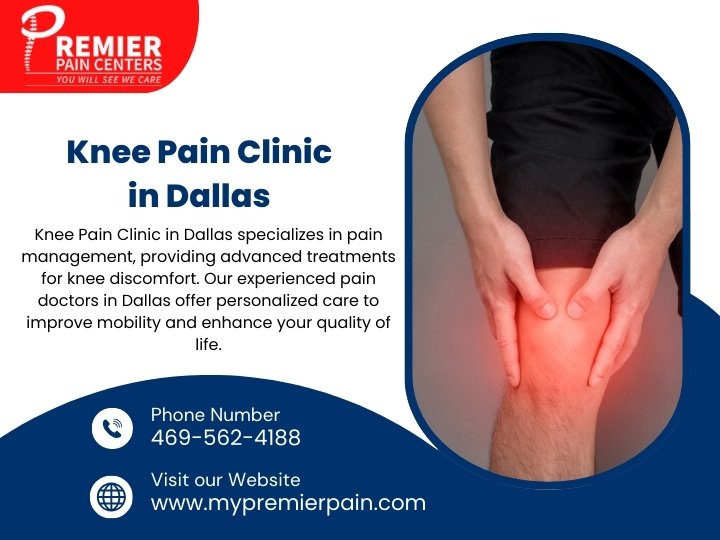Walking, exercising, or standing for long periods can be debilitating and frustrating due to knee pain. Knee pain treatment options include gel injections, which are becoming more popular. Knee pain worse after gel injection. Lubricating and cushioning the knee joint with these injections relieves knee osteoarthritis. As with any medical procedure, you may wonder how long it will take to recover and resume normal activities. This article will explain knee gel injections and answer the question, “How long does it take to recover from a gel injection in the knee?”
What’s Knee Gel Injection?
Knee gel injections (viscosupplementation) treat knee pain. An injection of lubricant into the knee joint reduces osteoarthritis pain and stiffness.
Weight is supported by the knee. The femur, tibia, and patella make up the knee joint. The knee is surrounded by slippery cartilage. This cartilage allows smooth joint movement. When cartilage breaks down, osteoarthritis occurs. This may result from deterioration, trauma, or illness. When cartilage deteriorates, bones articulate against one another, resulting in pain, rigidity, and inflammation.
Osteoarthritis treatment includes knee gel injections. Knee joint injections are viscous liquids. The injection lubricates the joint, reducing osteoarthritis pain and stiffness. Each type of viscosupplement has pros and cons. The body naturally produces hyaluronic acid (HA), the most popular type. Alternatives include corticosteroids, PRP, and stem cell therapy. Three to five weeks of weekly knee gel injections are typical. Doctors or clinics can administer injections. Most knee gel injections are safe. The predominant adverse effects are pain and swelling at the injection site. These side effects usually subside within days. Knee gel injections can relieve osteoarthritis pain and stiffness but cannot cure it. Discuss knee gel injections with your doctor.
What are Knee Injection Side Effects?
Knee pain worse after gel injection. While knee injections are generally safe, there may be side effects. Most knee injections cause localized pain and tenderness. This is typically mild and resolves within a few days.
Side effects may also include:
- Injection site bleeding or bruising
- Knee swelling
- Knee stiffness
- Medication allergic reaction
- Rare but serious knee injection side effects:
- Tendon rupture
- Nerve damage
- Blood clotting infection
If you experience any of these side effects, contact your knee pain doctor immediately. Knee injections are usually safe and effective. Discuss knee injection risks and benefits with your doctor before proceeding.
Post-Injection Care
Knee gel injection recovery requires proper post-injection care. It’s crucial to follow your doctor’s post-op knee care instructions. Avoid knee-straining activities, use ice packs to reduce swelling, and take over-the-counter pain medication as needed.
To strengthen knee muscles and improve mobility, pain management in Dallas may recommend physical therapy or at-home exercises. If you work sedentary hours, your doctor may recommend frequent breaks and simple stretches to prevent stiffness and promote healing. Adhering to post-injection care instructions significantly influences the recovery and efficacy of knee gel injections.
Follow-up Injections
Multiple gel injections may be needed to relieve pain and improve mobility. Based on your response to the initial injection and knee osteoarthritis severity, your doctor may recommend follow-up injections. To maintain gel effects, your knee pain doctor in Dallas may recommend a six-month follow-up injection if you have mild knee osteoarthritis and experience significant pain relief after the first injection. If you have severe osteoarthritis, your doctor may recommend three to five injections over several weeks for best results. Each person’s situation is unique, so follow-up injections may be needed to provide long-term relief and improve knee function.
Expectations During Recovery
Knee gel injection recovery time depends on several factors. Some general expectations can be expected during recovery for most people. Include these:
Initially Uneasy
Knee gel injections can cause days of discomfort. Soreness, swelling, and bruises may result from injections. Your body should adjust to the gel and heal within a week, easing this discomfort. Mild knee pain or stiffness may occur for a few days after the procedure, but over-the-counter pain medication and rest can help. For instance, a Friday knee gel injection may cause weekend discomfort but improve by Monday. If your symptoms last more than a week, see a doctor.
Gradual Improvement
As the gel works and your knee heals, your symptoms will improve. This may reduce pain, swelling, stiffness, and increase mobility and range of motion. It is important to remember that this improvement may take time. Being patient during recovery is essential because the gel injection may take weeks or months to work. After the first week, your knee may feel better, but it may take several weeks to feel better.
Conclusion
Knee pain worse after gel injection. Rest and recovery are as important as physical therapy for knee gel injection recovery. You must let your body heal without overworking or pressuring your knee. Avoid running and jumping and choose low-impact exercises like swimming or cycling. Rest and recovery include sleep, hydration, and a healthy diet to aid healing. After receiving a gel injection for knee osteoarthritis, avoid kneeling or squatting for at least a week. This will let your knee heal without stress. Prevent overexertion by heeding your body’s signals and incorporating rest periods.



